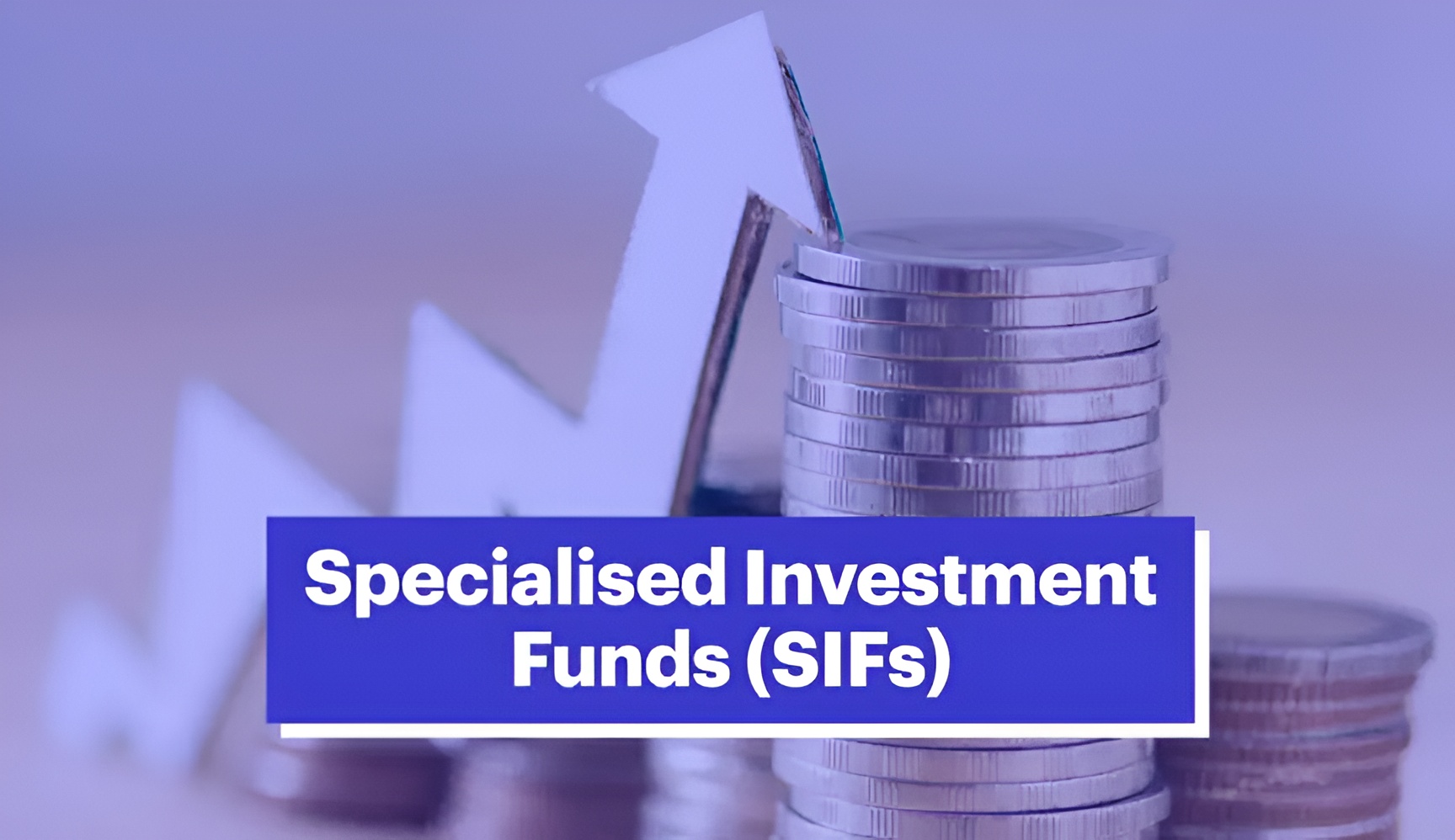Indian pharmaceuticals, IT, and service exporters poised to benefit; UK firms may face entry barriers in Indian market
In a landmark development, the India-UK Free Trade Agreement (FTA) signed on July 24 has opened up new opportunities in government procurement, marking a first-of-its-kind bilateral arrangement for India. This deal, part of the broader Comprehensive Economic and Trade Agreement (CETA), allows mutual access to public procurement markets—a move expected to significantly boost trade and investment between the two nations.
Indian Firms Gain Access to $122 Billion UK Procurement Market
The agreement grants Indian companies access to the UK’s $122 billion public procurement market, including lucrative opportunities with the UK’s National Health Service (NHS). In return, UK firms will be eligible to bid in India’s $114 billion government procurement space, though with certain thresholds and strategic sector exclusions.
Under the agreement:
-
Indian companies can bid for UK government contracts starting from ₹1.6 crore
-
UK companies can bid for Indian contracts starting from ₹5.5 crore
NHS Procurement Opens Doors for Indian Pharma Industry
A standout feature of the deal is the inclusion of the NHS in the UK’s list of procuring entities. This move is expected to benefit Indian pharmaceutical exporters, especially those producing APIs and high-end generics.
“There is a significant boost expected in the UK’s NHS procurement of Indian API and high-end generics, which currently constitute 25% of prescription drugs,” said the Ministry of Commerce in a press release on July 25.
In addition to pharmaceuticals, sectors such as software services, technical textiles, and office equipment are likely to see increased traction due to India’s comparative advantage in quality service delivery.
“If Indian firms meet the quality standards, they are likely to benefit from this opening—especially in services,” noted Agneshwar Sen, Trade Policy Leader at EY.
UK Firms May Struggle in India Due to Procurement Norms
Despite the reciprocal access, UK companies may face challenges in India’s procurement landscape, particularly due to the L1 bidding system, which prioritizes the lowest-cost bid over other factors.
“UK firms may find it challenging to enter the Indian market under the L1 system, even with the relaxed rules,” said Sen.
While India has classified UK firms with at least 20% local content as Class-II suppliers—placing them on par with Indian vendors—price sensitivity and structural hurdles may still limit their competitiveness.
Sensitive and Strategic Sectors Remain Excluded
Both countries have exercised caution by excluding key strategic sectors from the agreement:
India’s exclusions include:
-
Indian Railways
-
Food Corporation of India
-
Handloom Sector
-
National Industrial Corridor Development Corporation
-
Defence and ammunition
-
MSME-specific procurement
-
Agriculture and food programs
UK’s exclusions include:
-
UK Space Agency
-
Defence and national security
-
Agricultural products
-
Transport and postal services
-
Drinking water and energy sectors
A Strategic Win with Guardrails
The India-UK trade pact marks a major stride in liberalizing public procurement markets, potentially unlocking billions in trade value. While Indian exporters—particularly in pharma and IT—stand to benefit significantly, UK firms may face uphill challenges in penetrating India’s complex procurement ecosystem.
Nonetheless, the deal highlights a growing strategic and economic partnership, rooted in mutual benefit while maintaining safeguards for sensitive sectors on both sides.
Source: Moneycontrol








